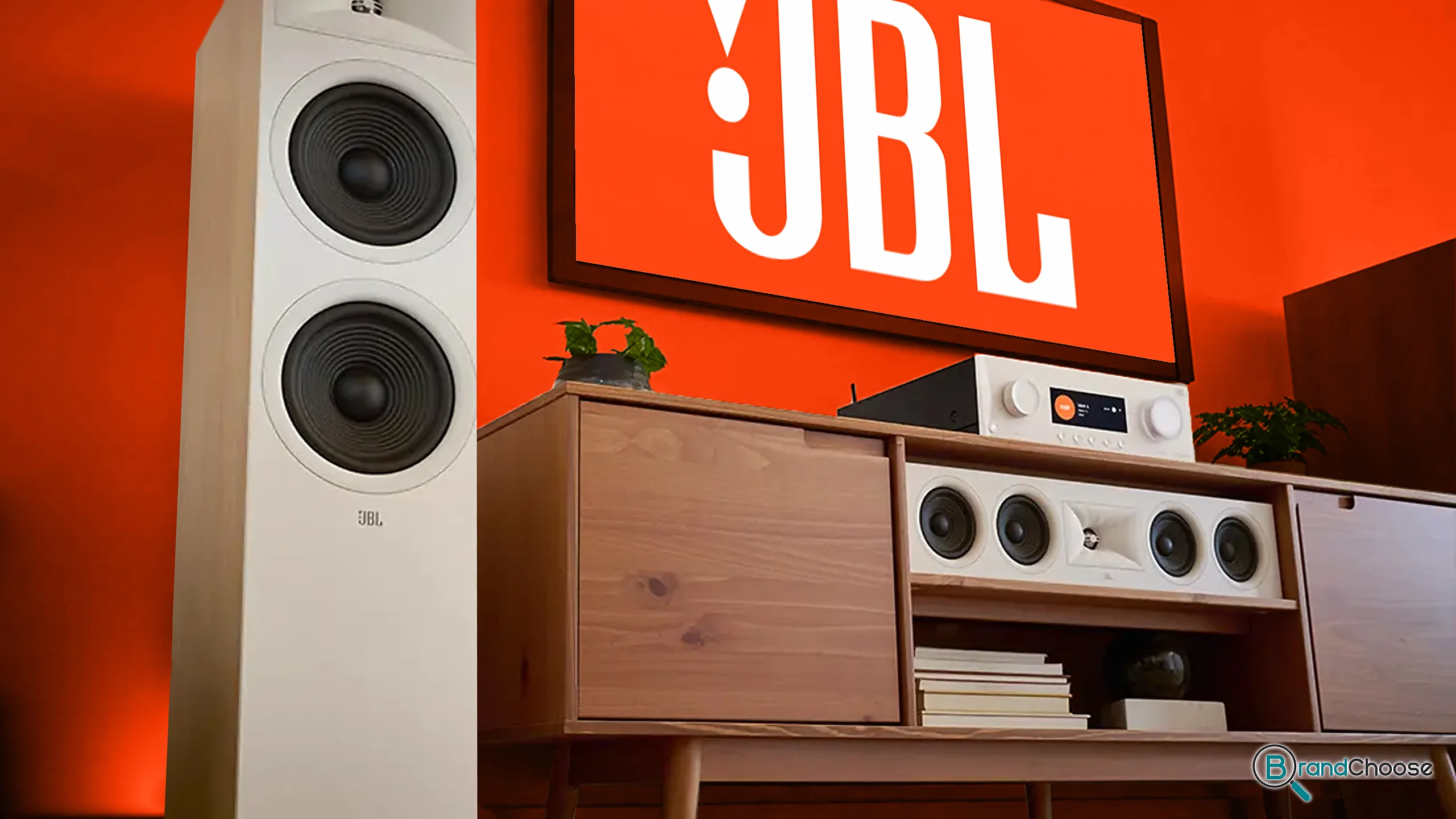
- Product Selection (4)
- Availability (4.6)
- Design/Look (4.4)
- Affordability (4.2)
- Quality/Durability (4.2)
- Reputation (4.6)
- Customer Support & Warranty (4.5)
- Sound Quality (4.1)
- Connectivity & Features (4.7)
Sony AV Receivers
In the realm of home entertainment, the heart of a truly immersive experience lies within the audio-visual (AV) receiver. Among the myriad of options available, Sony AV receivers stand out as beacons of innovation, performance, and reliability. In this article, we delve into the realm of Sony AV receivers, uncovering what makes them exceptional, their unique features, advantages, disadvantages, and why they deserve a place in your home theater setup.
Sony AV receivers serve as the nerve center of your home entertainment system, designed to decode, amplify, and distribute audio and video signals with precision and clarity. Infused with cutting-edge technology and decades of audio expertise, Sony receivers deliver an unparalleled audio-visual experience that captivates the senses and transports you into the heart of the action.
Connectivity Options
Sony's AV receivers are renowned for their extensive connectivity options, incorporating the latest technologies to ensure seamless integration with a variety of devices. The brand's models typically include multiple HDMI inputs and outputs, USB ports, and digital audio inputs. For wireless connectivity, many Sony AV receivers are equipped with Bluetooth, Wi-Fi, and AirPlay capabilities, allowing for easy streaming from smartphones, tablets, and computers. Some models also support multi-room listening through Sony's Music Center app, providing a convenient way to control and distribute audio throughout the home. However, while Sony's AV receivers offer robust connectivity, they do not always support the latest HDMI standards, such as eARC or HDMI 2.1, which could be a drawback for those looking to future-proof their home theater setup. In comparison, brands like Denon and Marantz often include these features in their AV receivers. Nevertheless, Sony's connectivity options are generally reliable and versatile, making them a strong choice for those seeking to connect a wide range of devices.
JBL AV Receivers

JBL is a popular name in the audio industry and their AV receivers are no less. In this feature article, we will take a look at how JBL delivers quality and value through its range of products with the approach from entry-level to flagship categories. The AV receivers in the JBL line-up cater to a broad range of needs, from simple audio improvement all the way through high-end home theater experiences. This full spectrum approach means that JBL can provide a solution to the widest range of user-sophistication and price points. If you are just starting on your home entertainment service or looking for ways to upgrade the already existing, JBL's receivers have a collection of alternatives that match various audio tastes and needs.











